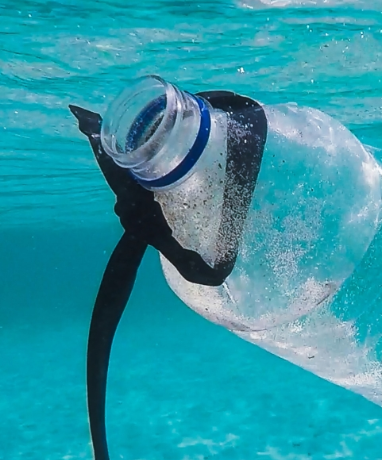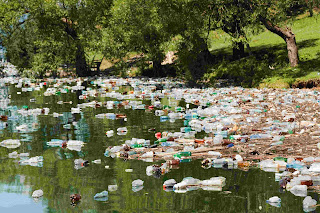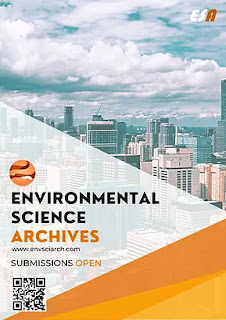Cities in the Global Plastics Treaty

Cities in the Global Plastics Treaty In February 2022, at the resumed fifth session of the United Nations Environment Assembly (UNEA-5.2), a historic resolution (resolution 5/14) was adopted to develop an international legally binding instrument on plastic pollution, including in the marine environment with the ambition to complete the negotiations by end of 2024. The instrument is to be based on a comprehensive approach that addresses the full life cycle of plastic. The INC will consider how to promote sustainable production and consumption of plastics from product design to environmentally sound waste management through resource efficiency and circular economy approaches. The rapidly increasing levels of plastic pollution represent a serious global environmental issue that negatively impacts the environmental, social, economic and health dimensions of sustainable development. Under a business-as-usual scenario and in the absence of necessary interventions, the amount of plastic was







